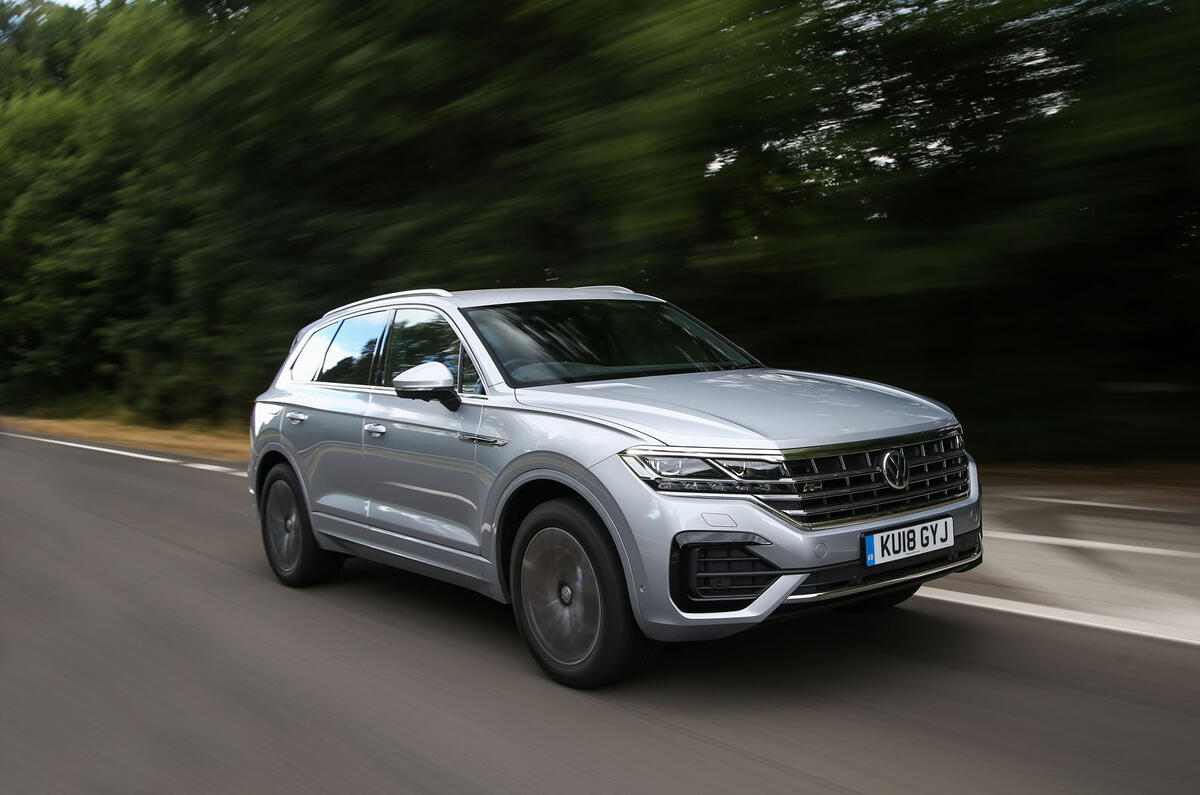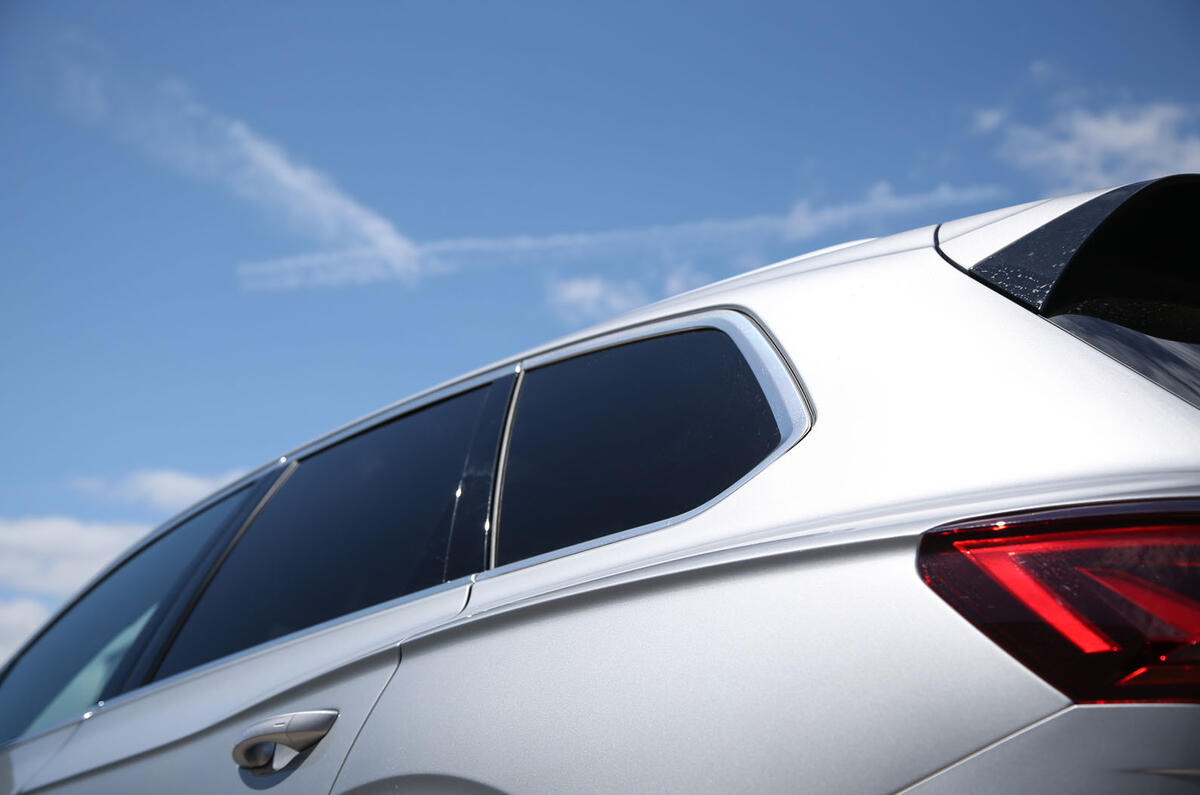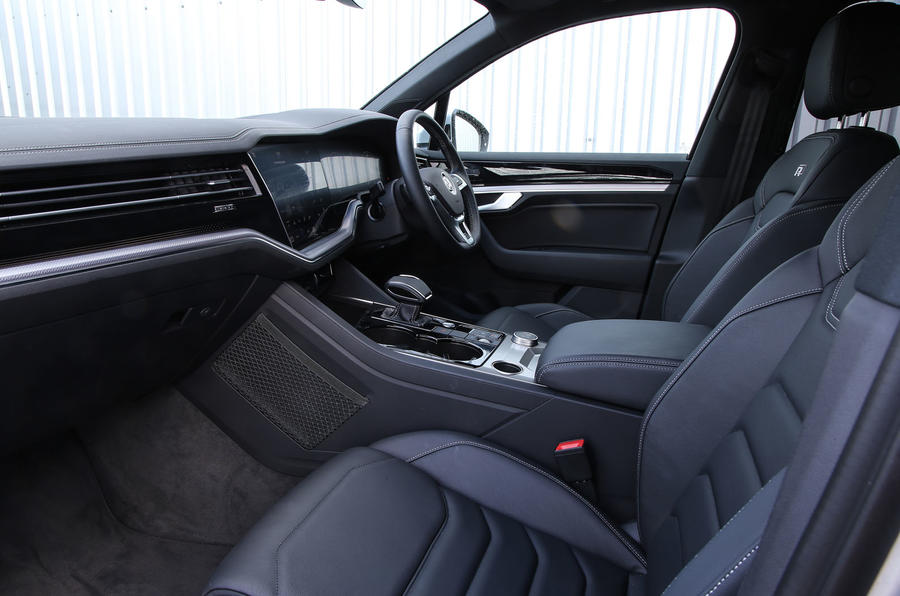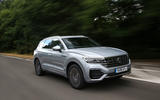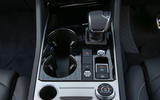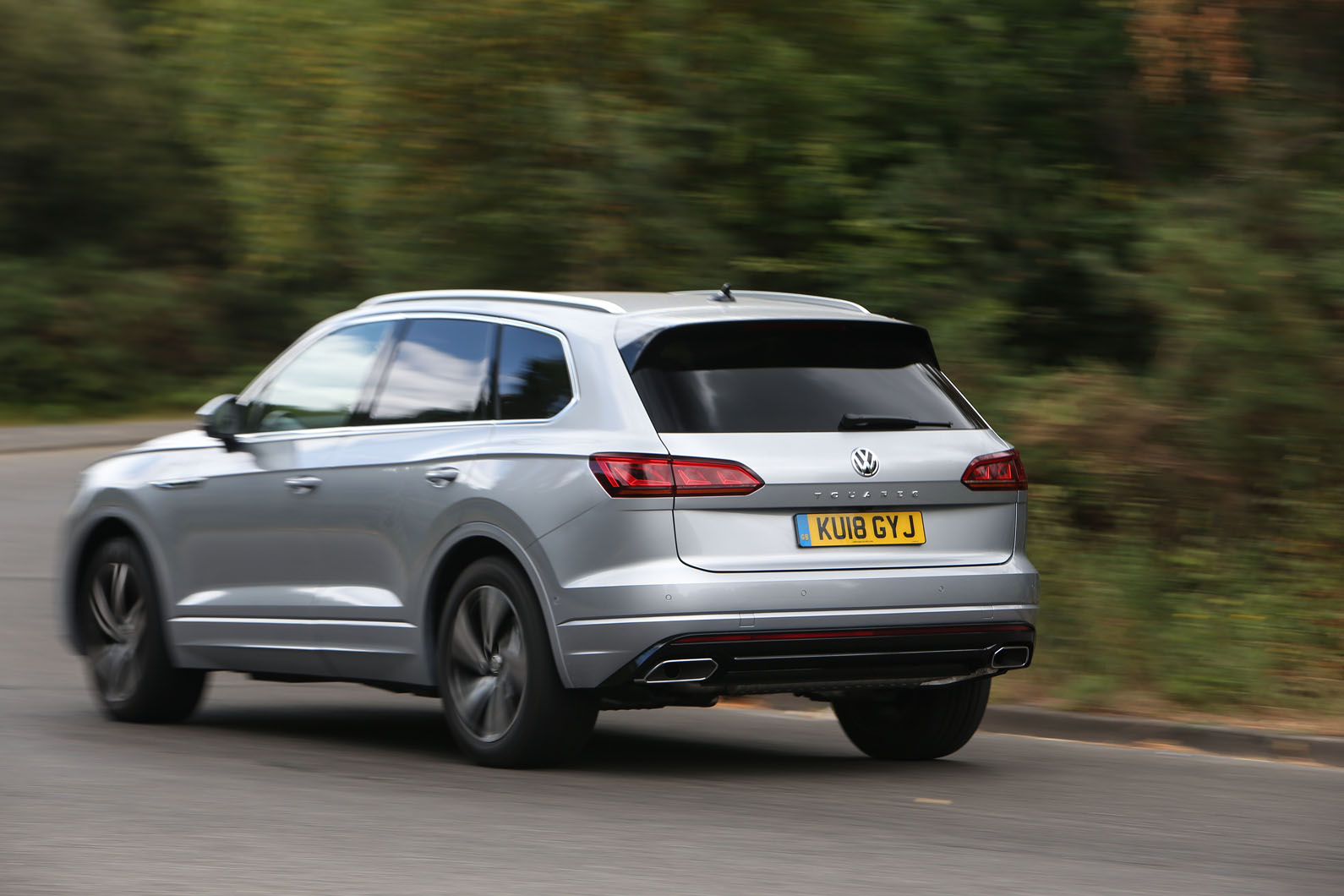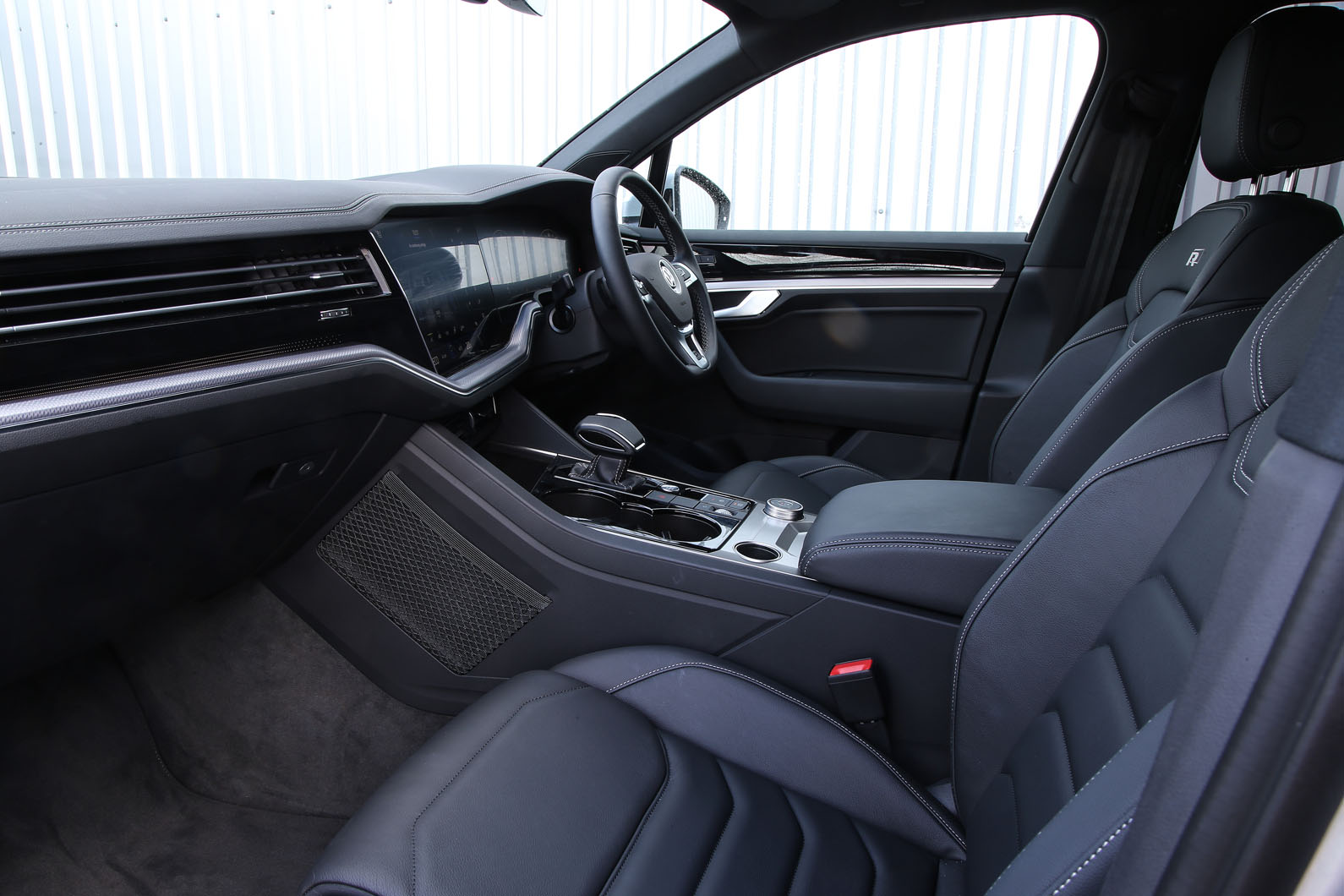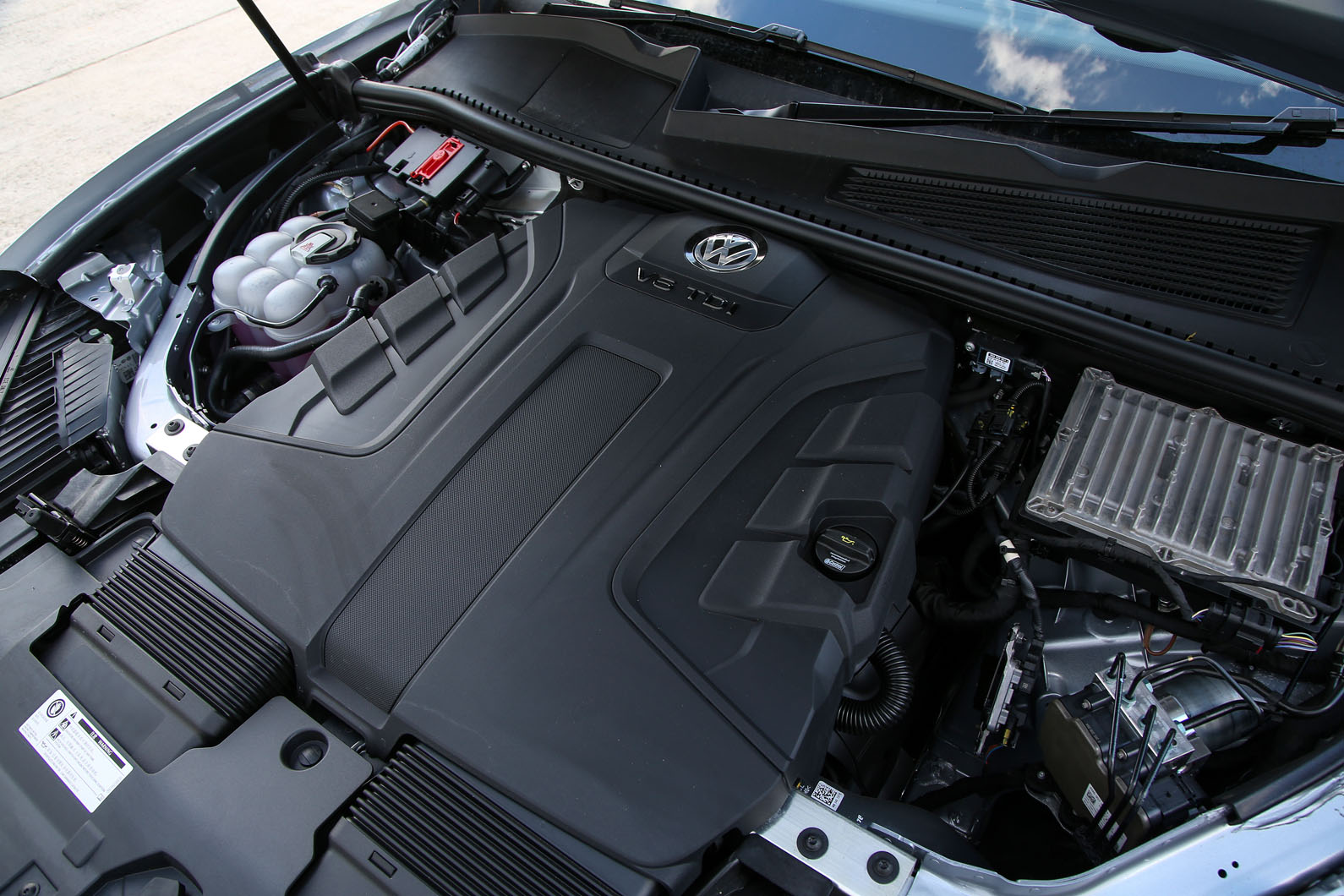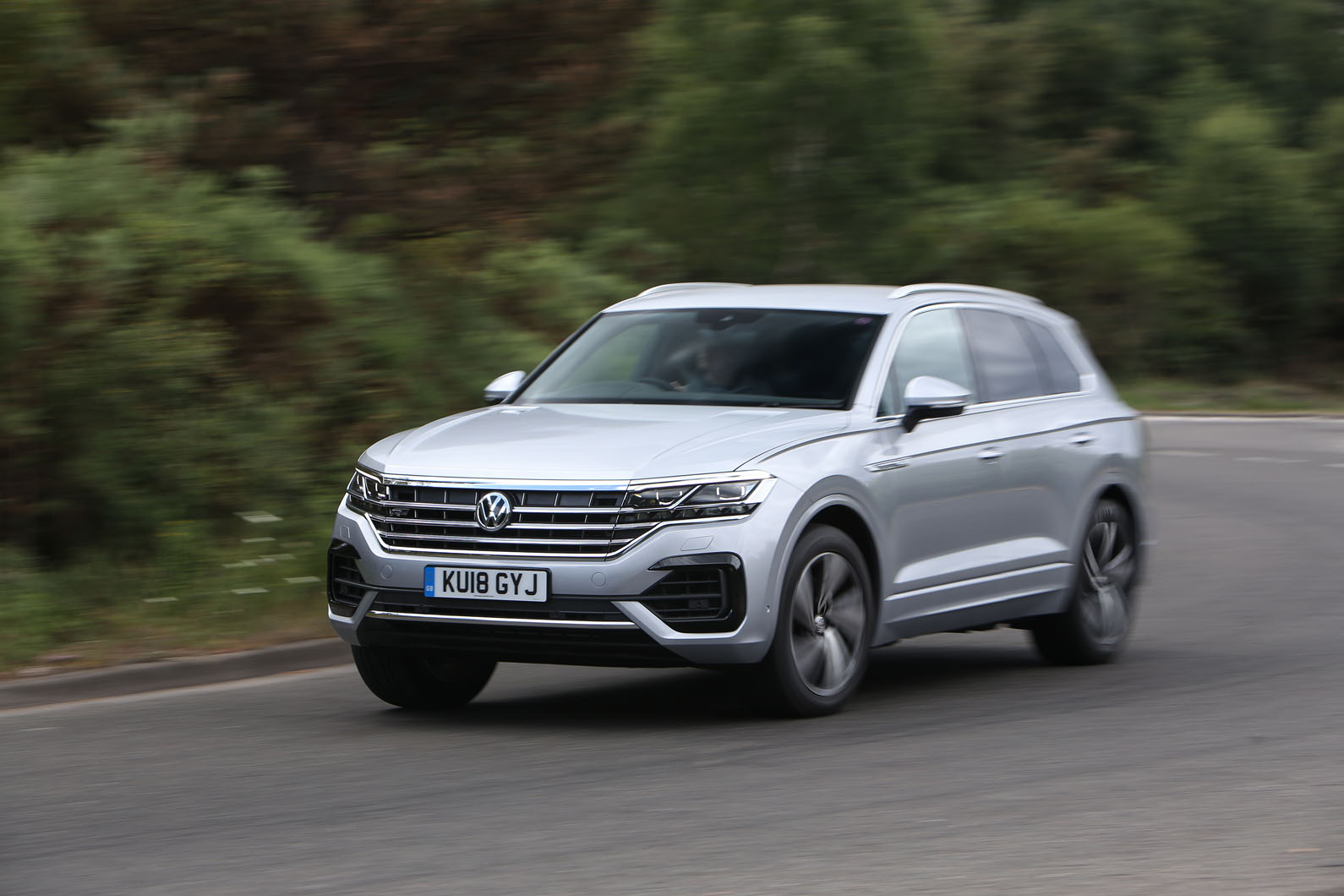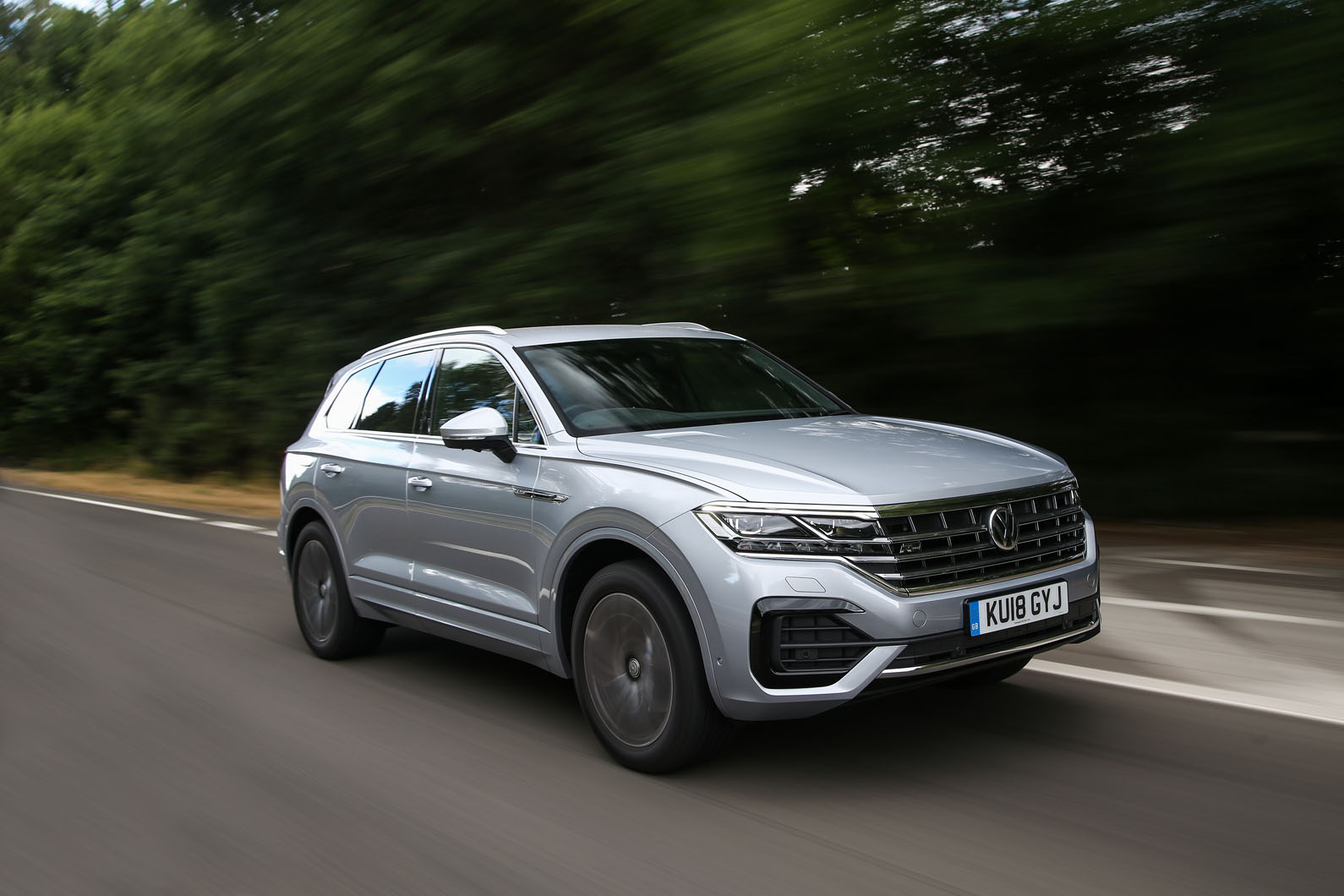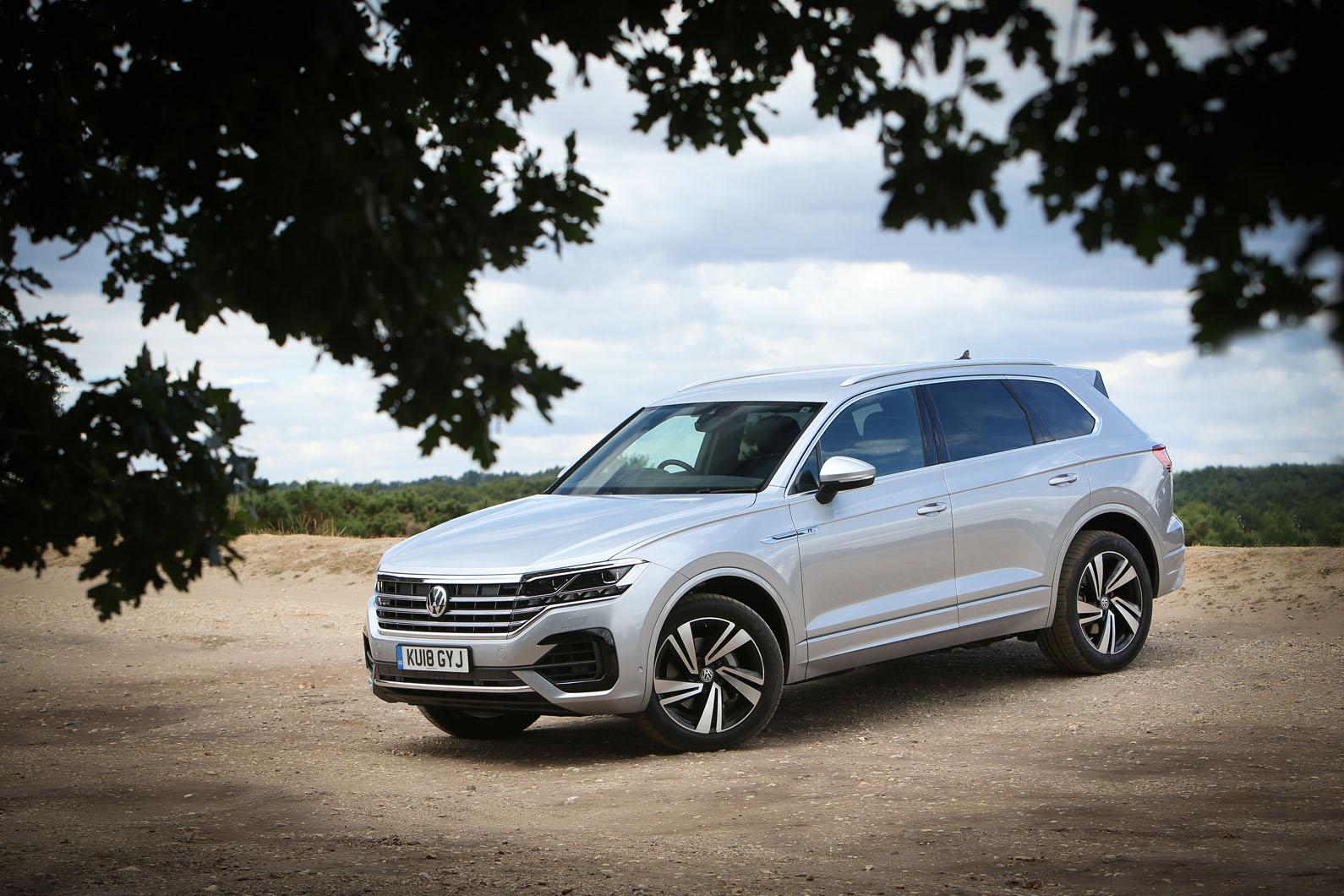You might have noticed that the Volkswagen Phaeton – one-time vessel of a mighty 6.0-litre W12 engine shared with Bentley – is no longer on sale.
Its culling from the range in 2016 more likely passed you by entirely, such was the glacial rate at which people bought them and the model’s resulting rarity.
Either way, it’s a development that promotes the subject of this week’s road test to nothing less than flagship status for one of the world’s largest car makers. We’re talking about the third-generation Volkswagen Touareg, which Volkswagen describes as a new high-water mark for the brand in terms of design and technology.
Concerning the tech, it’s difficult to disagree, because you might say that this SUV borrows a chassis from Porsche, elements of its driveline from Lamborghini, suspension componentry from Bentley, semiautonomous driving features from Audi and, as an option, a new Innovision Cockpit infotainment system, with displays measuring no less than 12in and a Tesla-esque 15in.
And yet perhaps the most interesting element of this new Touareg, which arrives 16 years after the original, is that it has been styled for China, not Europe. Perhaps that’s understandable, given SUVs now account for almost half of sales in the largest market for new cars globally.
It’s why the Touareg comes bedecked with status-enhancing chrome (although European buyers will have the option of black) and why it’s even larger than its predecessor, in length surpassing the ‘five-metre barrier’ to which designers on this side of the world so diligently adhere.


